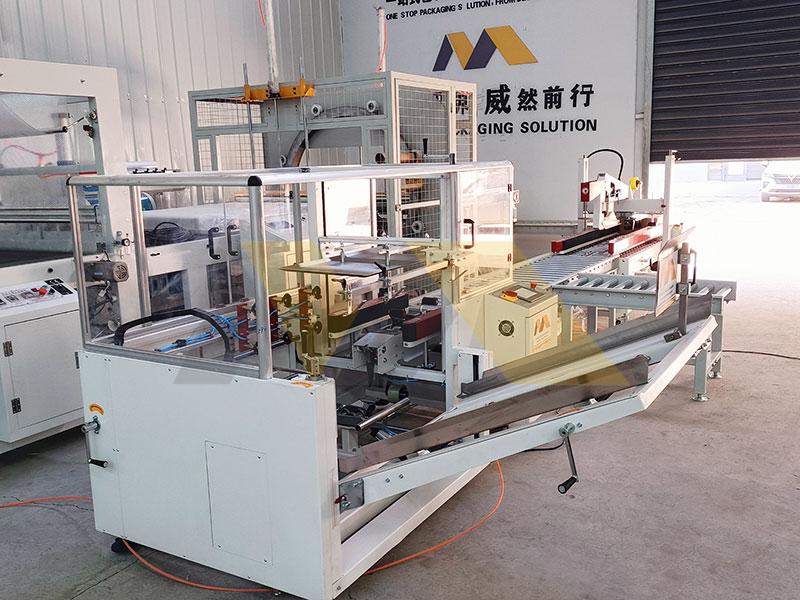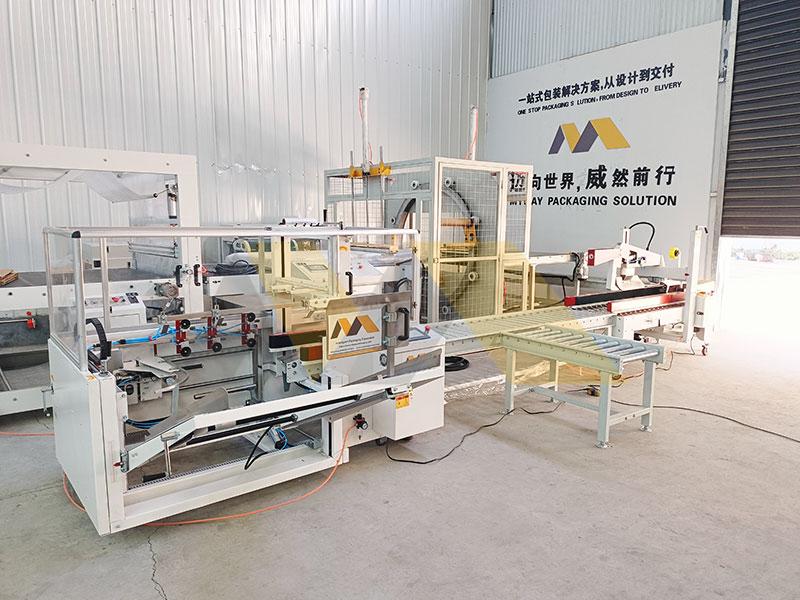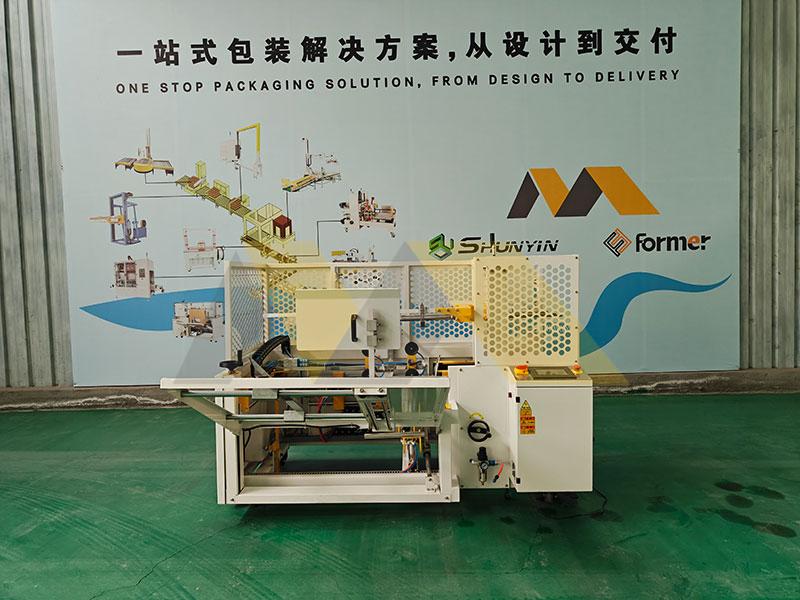Getting accurate pricing for pallet wrappers frustrates many buyers. Costs vary widely between suppliers, with hidden fees often appearing later. Understanding real market rates prevents overpaying or quality compromises.
The price of pallet wrapping machines ranges from $2,000–$20,000± based on automation level and features. Semi-automatic models start at $2k–$8k, while robotic units hit $15k–$20k±. Key cost factors include turntable capacity, film pre-stretch systems, PLC controls, and custom engineering specs.
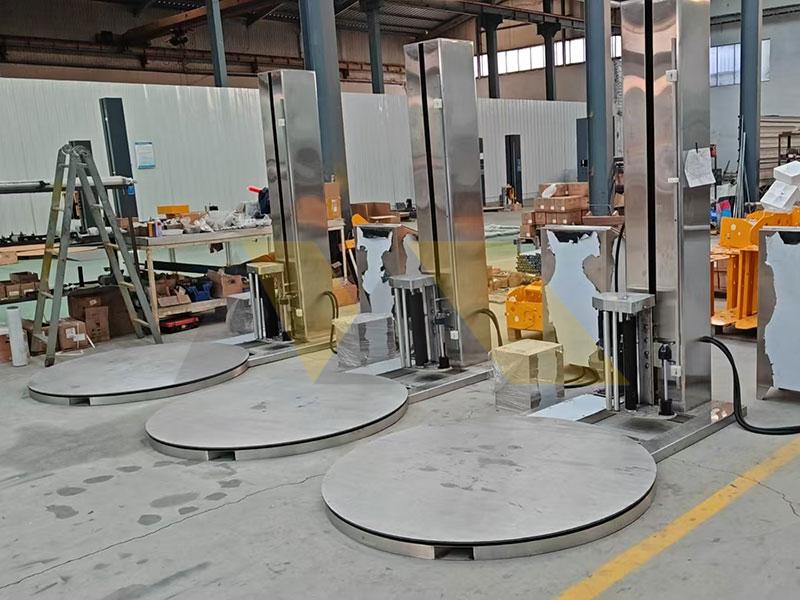
Wrappers demand deeper analysis beyond initial quotes. Below, I’ll break down critical pricing aspects – from operational costs to technical names – using data from my factory shipments to Canada. For volume discounts on CE-certified machines: Request Custom Quote.
How much does it cost to wrap a pallet?
Film and labor expenses often surprise first-time buyers. Calculating true per-pallet costs reveals automation ROI.
Wrapping one pallet manually costs $1.50–$3.00 USD± including labor and film, while semi-auto machines reduce this to $0.60–$1.20±. Fully automatic lines achieve $0.30–$0.80± through optimized film usage and zero manual handling time.
Three variables dominate per-pallet expenses:
Key Operational Cost Factors
| Factor | Manual | Semi-Auto | Full Auto |
|---|---|---|---|
| Labor Time | 5–8 minutes | 1–2 minutes | 0 minutes |
| Film Used | 30–50m | 25–40m | 20–35m |
| Power Consumption | $0.03 | $0.08 | $0.15 |
Labor remains the biggest cost driver. Our Canadian clients report:
- Staff injuries decrease 60% when switching from manual wrapping
- Film waste drops up to 40% with auto-tension control systems
- Output consistency improves load stability during shipping
Always verify film pre-stretch ratios – cheaper machines often lack true 250%+ elongation, increasing long-term material costs.
What is a pallet wrapping machine called?
Terminology confusion causes mismatched supplier searches. Industrial terms vary regionally.
Pallet wrapping machines are universally termed "stretch wrappers" or "pallet wrappers." Subtypes include turntable wrappers (load spins), rotary arm wrappers (arm circles load), and orbital wrappers for irregular shapes. Automatic versions add "robotic" or "inline" prefixes.
Understanding classification prevents ordering errors:
Pallet Wrapper Terminology Guide
By Operation Mode:
- Manual wrappers – Handheld film dispensers ($300–$800)
- Semi-auto – Operator-controlled turntable ($2k–$8k)
- Fully automatic – Sensor-operated systems ($10k+)
By Movement Type:
- Turntable: Best for stability (handles 4,000kg loads)
- Rotary Arm: Space-efficient for narrow aisles
- Robotic Arms: Custom path wrapping for odd shapes
Japan/Toronto buyers constantly confuse rotary vs turntable systems. I ship color-coded manuals because incorrect specifications cause 40% of installation delays.
How many meters of pallet wrap to wrap a pallet?
Film consumption directly impacts profitability yet many estimate poorly.
A standard pallet (120×100×150cm) requires 30–50 meters of 20µm film using manual wrapping. Machines with pre-stretch technology reduce this to 20–35 meters by elongating film up to 300%, lowering roll replacement frequency by 35%±.
Material usage depends on these factors:
Film Calculation Variables
| Variable | Effect on Usage | Adjustment Tip |
|---|---|---|
| Load Height | +15%/0.5m height | Auto height detectors cut waste |
| Product Fragility | +20% for glass/ceramics | Use perforated film |
| Humidity Levels | +10% in coastal areas | Nano-coated rollers prevent sticking |
| Machine Age | +5%/year without maintenance | Monthly gear lubrication |
Toronto shipments prove consistent savings: pre-stretch wrappers use 18m± for standard pallets by combining these techniques. We include laser measuring tools with premium units – clients reduce film budgets 30% quarterly.
Is wrapping pallets hard?
Manual wrapping strains workers physically and financially long-term.
Wrapping pallets manually challenges workers physically, requiring torso rotation under load that causes 27%± back injuries annually. Semi-automatic machines eliminate 90% of strain through turntable automation, while robotic systems remove all human effort with programmable sequences.
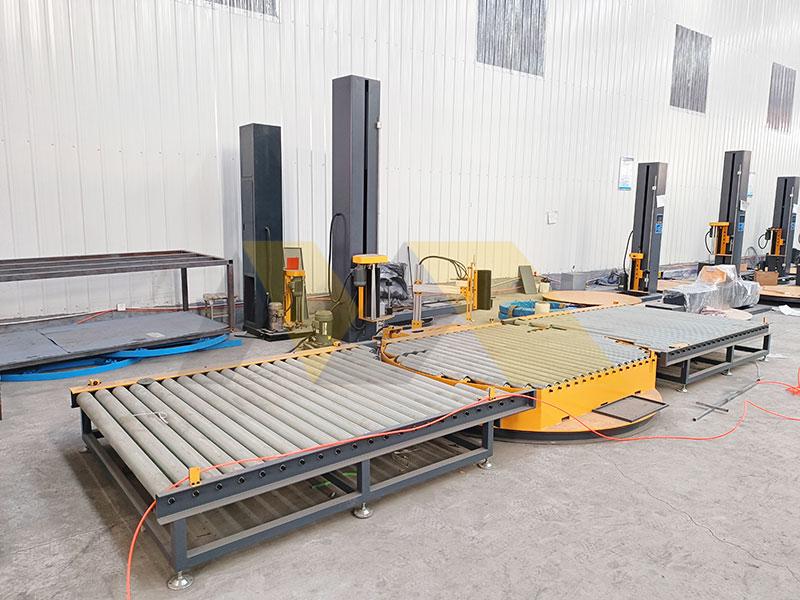
Deeper analysis shows productivity impacts:
Wrapping Method | Difficulty Comparison
Labor Challenges
- Injury Rates: OSHA reports 5.7/100worker injuries in manual wrapping
- Speed Variance: Experienced vs new worker output differs by 40%
- Weather Sensitivity: Cold warehouses increase film tearing incidents
Automation Solutions
Our North America clients observe:
- Staff retention increases 60% post-automation
- Output speed stabilizes within 5% variance
- Load failures drop below 0.5% with consistent tension
One Japanese food importer cut repacking costs by $200k/year switching to our servo-motor turntable model – the film break sensors alone saved $18k monthly.
Conclusion
Pallet wrapper prices depend on automation levels and features, with significant film and labor savings justifying initial investments. Contact us for volume discounts: https://mywaymachinery.com/contact/.

